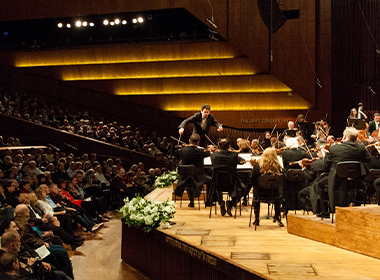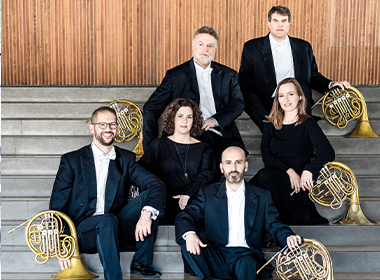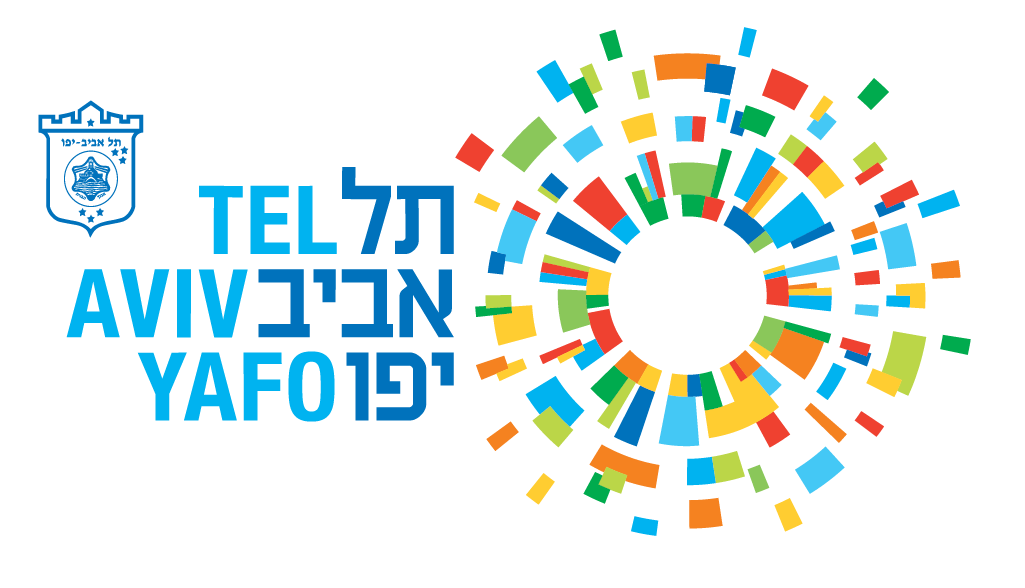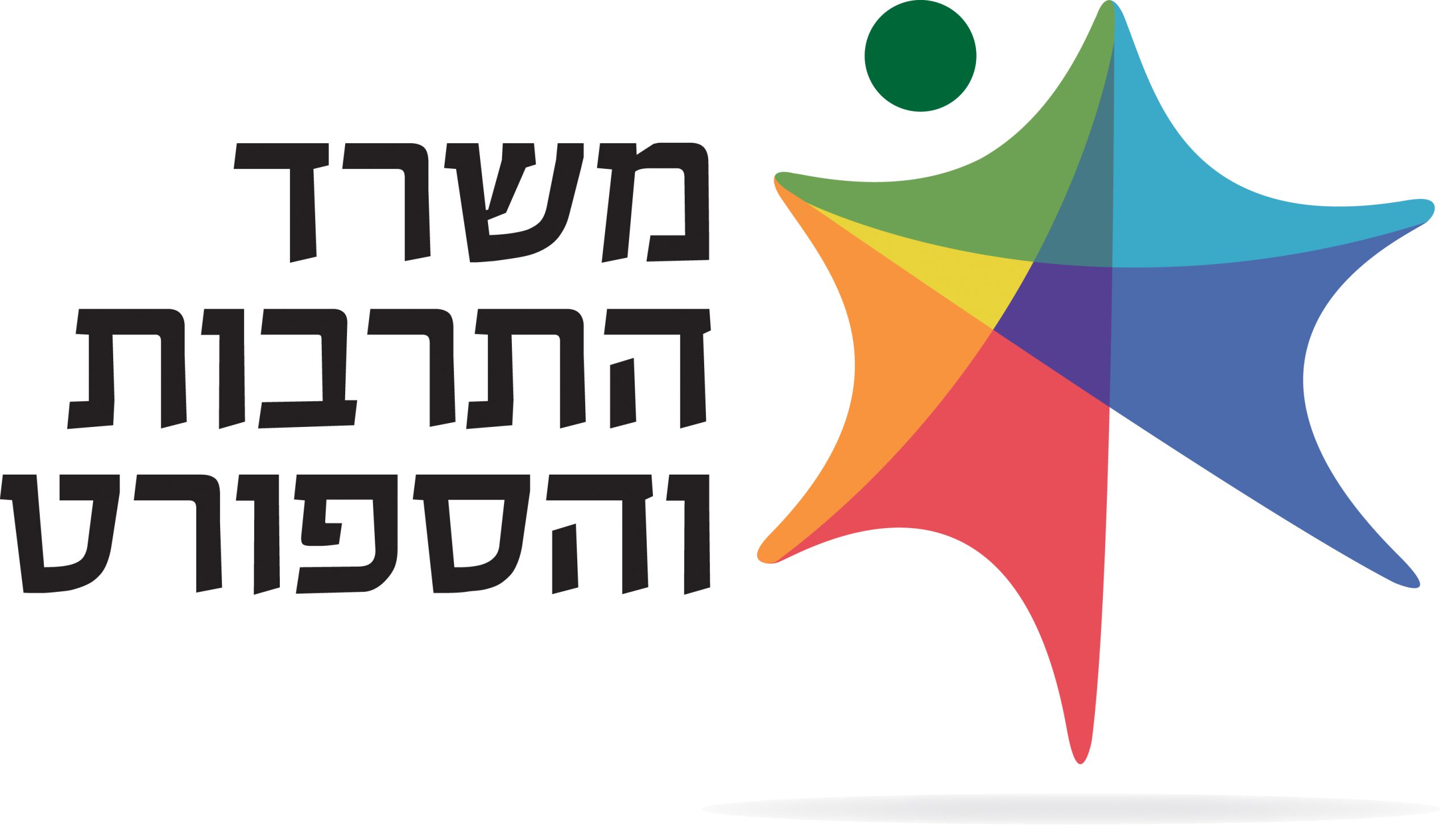Of the few works French composer Paul Dukas left behind we tend to remember only “The Sorcerer’s Apprentice.” And we almost lost the music to the ballet “La Péri” because Dukas planned to use it to pay for a gambling debt. But friends persuaded him to safeguard this work, which he had composed for ballerina Natasha Trouhanova, and thus it was preserved. The subject of the work is immortality: a fairy guards the flower of immortality and Iskender sets out to find it. But, (as expected?) he fails. The music is imbued with a magical atmosphere while Iskender’s attempts to steal the flower are bestowed with additional color.
Like Beethoven, Sergei Prokofiev composed five piano concertos and stopped composing in this genre when he ceased performing; and like Beethoven he went on to compose piano sonatas. Like Beethoven, Prokofiev always traveled with a notebook in hand in which he noted musical ideas he was afraid to lose. Like Beethoven, he sat down to compose his Piano Concerto No. 3 after he had already sketched out most of the work in his notebook. The result? Following the world premiere of the work, the Chicago Daily Herald wrote: “this was the most beautiful concerto of the modern world.” Prokofiev dedicated the concerto to the poet Konstantin Balmont who reacted to the tribute with a sonnet beginning with these words: “A joyful flame from a scarlet flower/ a keyboard of words shines in the flames / that suddenly leap in tongues of fire…” Beautiful, rousing words that move us just like the concerto.
“I will never compose a symphony! You have no idea what a composer goes through when he feels that the giant stature of Beethoven is watching him,” Brahms confided to Herman Levy, the famous conductor. Brahms, who had already composed sophisticated orchestral music with his “A German Requiem,” his first piano concerto and a number of chamber works, waited many years before completing Symphony No. 1. Today, we all hum the music from the 4th movement and love the entire symphony. It’s just as well that we have forgotten the complex reception that greeted the premiere of the work.
Following his great success with “Firebird,” Stravinsky composed Petrushka, a deeply personal work with a sharp, independent language, steeped in his Russian roots. The piece was first written as a work for piano and orchestra. In Stravinsky’s eyes, the piano represented Petrushka, a soloist-puppet that slowly comes alive. As a living creature, the puppet rebels against the orchestra and the orchestra responds to the puppet. As he continued to develop the work, Stravinsky viewed the piano as a figure that was wretched and ridiculous, ugly and romantic, constantly rebelling with reason or not. The ballet impresario Sergei Diaghilev read the original score when he visited Stravinsky in Switzerland and immediately saw the choreographic potential of the work. The rest, as we know, is history.
Program No. 1
Kirill Petrenko, conductor
Yuja Wang, pianist
Dukas: La Péri
Prokofiev: Piano Concerto no. 3
Brahms: Symphony no. 1








 Back to top
Back to top




